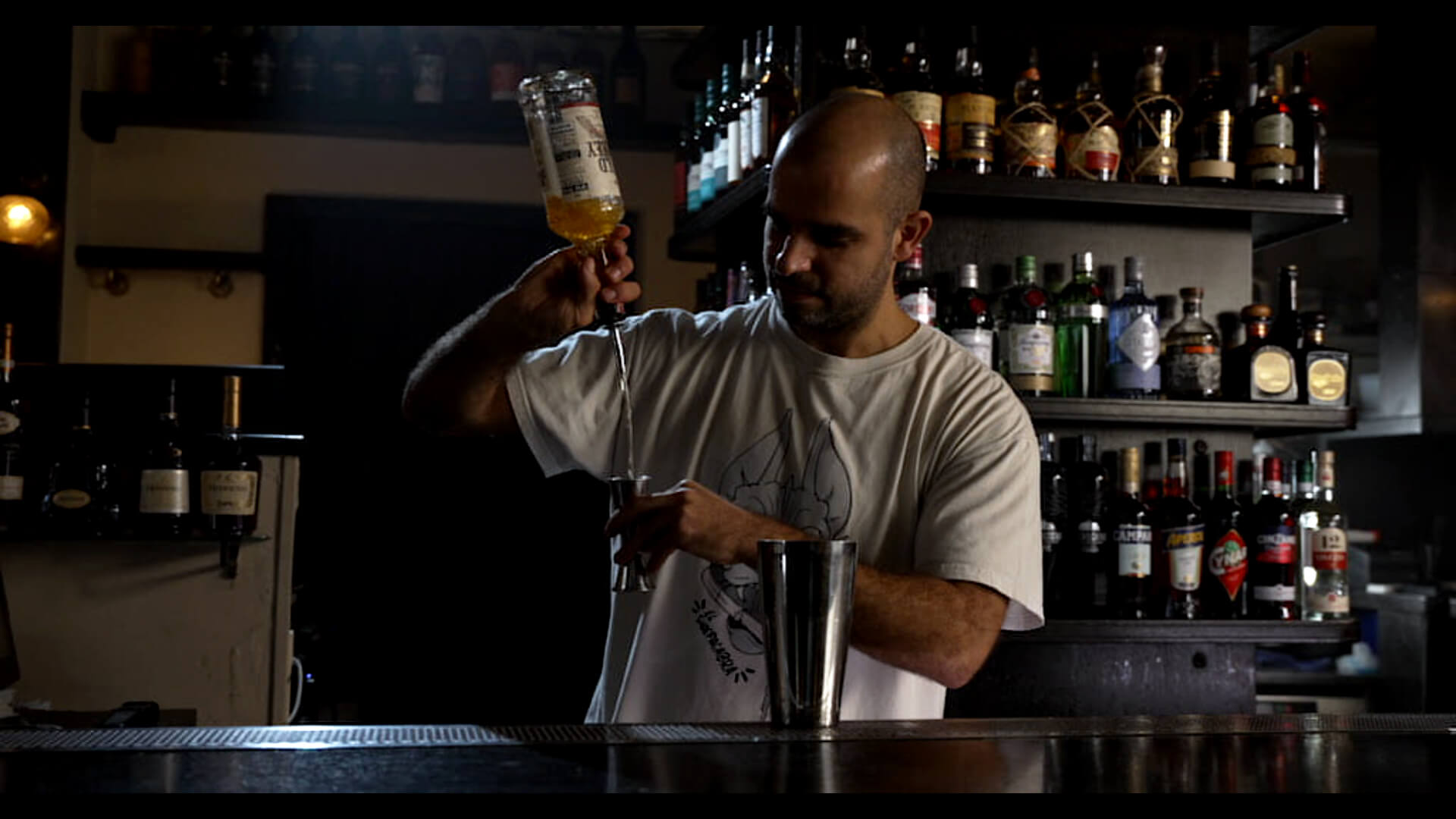
The work of the bar is built from sequences of actions. Regardless of the aesthetic level of the bartender, speed, knowledge, or any other parameter – the work can be “brake down” into a logical order of operations.
As an example, let’s take the obvious: opening shaker(s) > pouring ingredients > mixing/shaking > straining > serving
There is a sequence of actions. Its existence cannot be contested, nor can exist in a different order. Questions that arise, usually deal with the order of the ingredients poured, especially when the work technique is horizontally (round building – separate post) and not vertically (single cocktail). In any case, even an instinctive debate, which rises to high pitches regarding the order of the ingredients – is unlikely to spill over into an argument regarding the order of operations, in other words: you can argue about “what goes into the shaker first”, but you really can’t argue that opening the shakers will precede the pouring of the ingredients.
Sequences and more sequences. And on and on and on.. Sequences exist in every bar, with every bartender, in every drink ever released, always.
Our training method uses the inherent existence of these sequences in order to practice our “language”.
Watch the following video 2-3 times:
https://www.instagram.com/tv/Cc8mpeGpv8J/?igshid=Y2I2MzMwZWM3ZA==
Description of the order of actions in the video: pulling out a bottle with the strong hand, passing with the weak hand, a sequence of shaker exercises with the strong hand, pouring with the weak hand. Again, the existence of the sequence should not be debated, its existence is a fait accompli. The relevant debate can refer to its effectiveness, or its beauty for example, although at the moment it is less relevant to the point.
The point is, when referring to the order of actions, to the sequence itself, it can be described by agreed signs, characters if you will. This aesthetic and technical world can receive verbal and graphic expression.
Here is the literal expression of the sequence you see in the video:
B-HJBG (D>W)  B-Continuation>straight (W)
B-Continuation>straight (W)  T-2SF (D)
T-2SF (D)  T-540 (D)
T-540 (D)  T-3SF (D)
T-3SF (D)  T-Cross (D)
T-Cross (D)  S-540 (D)
S-540 (D)  S-3SF (D)
S-3SF (D)  B- pour (W)
B- pour (W)  B – outside cut (W)
B – outside cut (W)
For those who’ve never learned the language it’s Chinese (unless they are Chinese,) but for those who’ve learned the language this sequence is clear, simple, and connects to the visual in a flowing way. In fact, I can send these “notes” on WhatsApp to any Artender trainee with 6+ months of experience, and they will be able to practice the sequence easily wherever they are . With the help of the language, you can describe a specific sequence of actions from working on a single cocktail (for example, opening shakers + first ingredient), you can describe from A to Z every cocktail in the world, and you can also describe a sequence of 14 drinks that are supposed to be made in a limited time. In short, a language, and with it we create a flow. Connections, body language, nuances, etc.
Anyone who has ever studied a language, let’s say French, Italian or Arabic, knows how much time it takes, how critical language practice is to understanding it, how many “solutions” and complexities exist in all languages, how a language can develop and split into different dialects and dialogues and how beautiful it is.
We speak the ArtenderTLV language every day, with bartenders from Israel in our trainings, Tel Aviv and Israel, and with bartenders from around the world in the online training program and Instagram/TikTok. Because a language needs to be spoken in order to take root. To speak fluently, to be an ARTENDER, means to master the language absolutely, and what does that look like? That’s exactly why we have Instagram with thousands of videos, take a look.